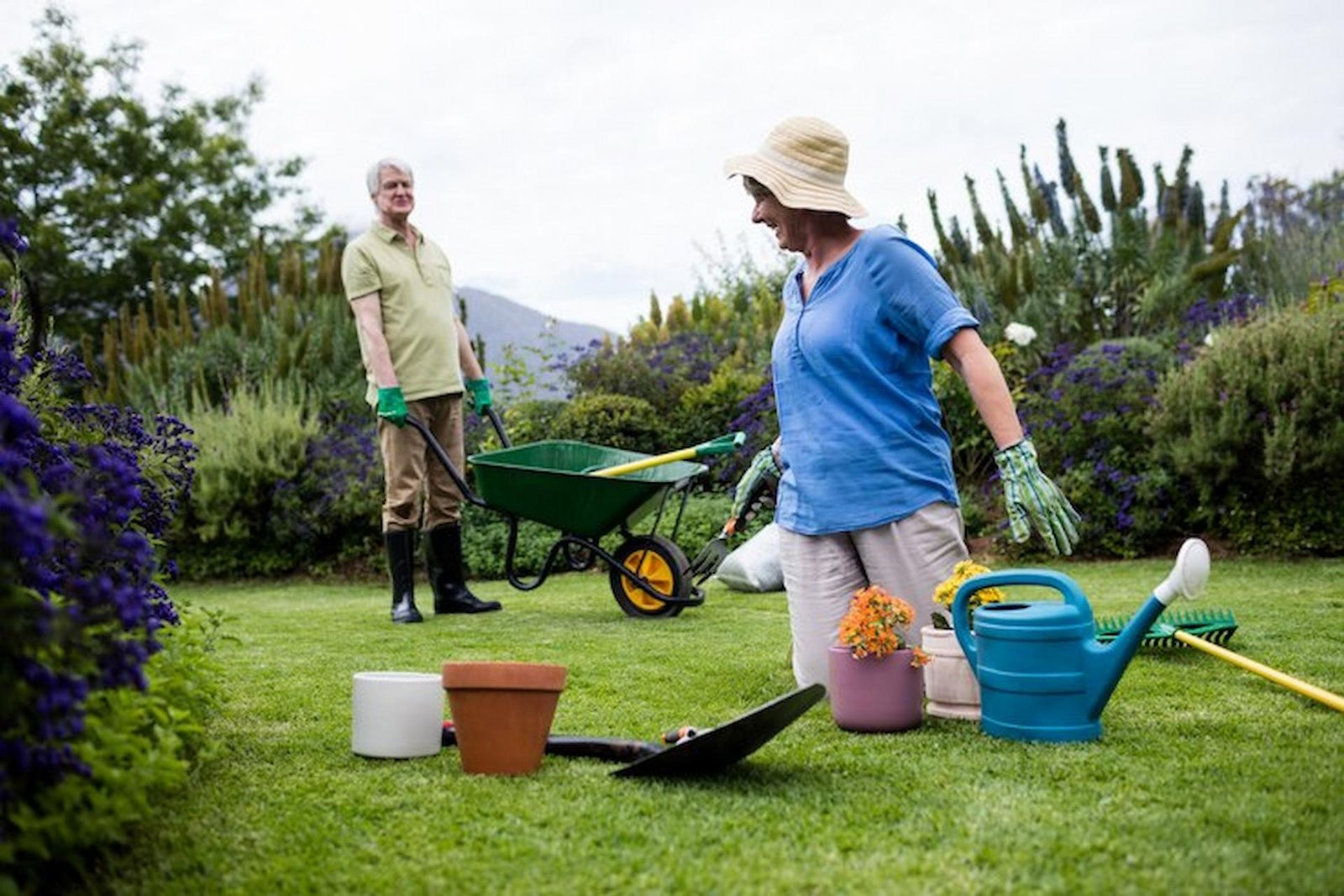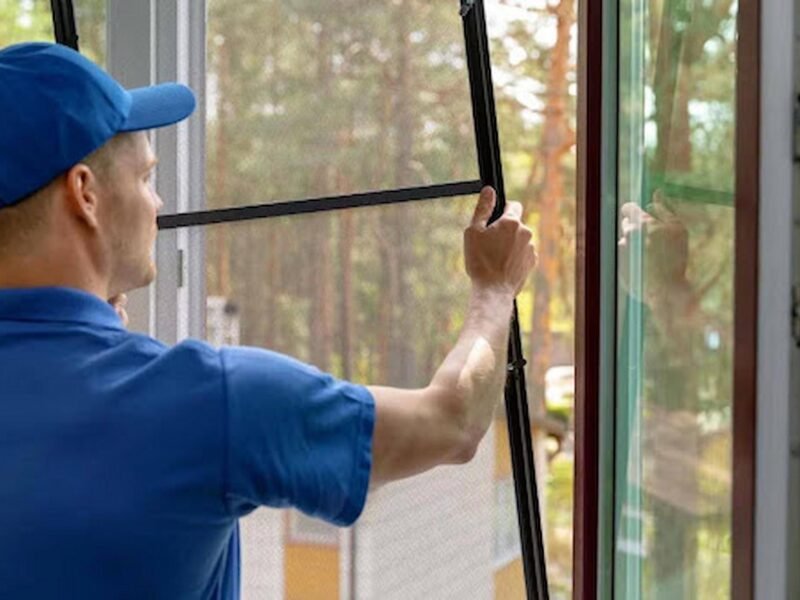Achieving a lush and healthy lawn requires more than just watering and mowing. Discover expert lawn aeration, seeding, and top-dressing tips to transform your yard into a vibrant oasis.
A well-maintained lawn is visually appealing and contributes to the overall ambience and value of your home. Essential practices such as aeration, seeding, and topdressing are pivotal in achieving a healthy and lush lawn. This comprehensive guide explores these techniques in detail, providing actionable tips and insights to help you elevate your lawn care regimen.
Delving into the Importance of Lawn Aeration
Lawn aeration involves perforating the soil with small holes, allowing air, water, and nutrients to penetrate the grassroots. This process alleviates soil compaction, which can inhibit root growth and water absorption. Aeration is typically done using specialised equipment like aerators, which come in core and spike aerators. Core aerators remove soil plugs, while spike aerators create holes without removing soil cores.
Aerating your lawn annually, ideally in the early fall or spring, promotes robust root development and enhances the overall health of your grass. To ensure the best results, it’s crucial to aerate when the soil is moist but not overly wet. Aeration sets the stage for successful seeding and topdressing by improving soil structure and nutrient uptake.
The Art of Lawn Seeding
Seeding is a fundamental aspect of lawn care, especially for repairing bare patches or overseeding to improve density and resilience. Before seeding, it’s essential to prepare the soil adequately by loosening the top layer and incorporating organic matter or compost. Choosing the right type of grass seed for your region and lawn conditions is critical for successful germination and long-term health.
For optimal results, spread seeds evenly over prepared soil and lightly rake to ensure good seed-to-soil contact. Water the seeded area regularly to keep the soil moist but not waterlogged until the new grass establishes itself. Timing is key; early fall is often the best time to seed cool-season grasses, while late spring suits warm-season varieties.
Topdressing Techniques for a Healthier Lawn
Topdressing involves applying a thin layer of compost, soil mix, or sand over the lawn’s surface to improve soil structure, level uneven areas, and enhance nutrient availability. This practice helps to fill in low spots, improve drainage, and promote healthier turf growth. Before topdressing, mow the lawn at a slightly lower height than usual to facilitate better soil contact.
Choose a high-quality topdressing material suited to your lawn’s needs and apply it evenly using a shovel, spreader, or topdressing machine. Work the material into the grass canopy with a rake or drag mat to ensure uniform coverage and prevent smothering of existing grass. Water thoroughly after topdressing to aid integration and nutrient absorption into the soil.
Importance of Soil Testing
Conducting a soil test is crucial before embarking on any lawn care regimen, including aeration, seeding, or topdressing. Soil testing provides valuable insights into your soil’s pH levels, nutrient content, and texture, guiding you in making informed decisions about fertiliser application and soil amendments. Testing kits are readily available at garden centres or through local agricultural extension services.
Understanding your soil’s composition can help you address deficiencies and optimise conditions for healthy grass growth. Adjusting pH levels and nutrient balances based on soil test results ensures that your lawn receives the necessary nutrients to thrive, reducing the risk of nutrient runoff and environmental impact.
Choosing the Right Grass Species
Selecting the appropriate grass species for your lawn depends on various factors such as climate, soil type, sun exposure, and intended use. Cool-season grasses like Kentucky bluegrass and fescue thrive in cooler regions with moderate temperatures. In contrast, warm-season grasses like Bermuda grass and zoysia grass excel in hot climates with ample sunlight.
Consider the specific characteristics of each grass species, such as drought tolerance, shade tolerance, and maintenance requirements, to determine the best fit for your lawn. Mixing grass species can offer enhanced resilience and aesthetic appeal, especially in areas with diverse environmental conditions.
Proper Watering Techniques
Watering is essential for maintaining a healthy lawn, but improper watering practices can lead to shallow root growth, disease susceptibility, and water waste. Water deeply and infrequently to encourage deep-root development and drought tolerance. Early morning is the best time to water, minimising evaporation and allowing foliage to dry during the day, which reduces the risk of fungal diseases.
Adjust watering schedules based on seasonal changes and weather conditions, ensuring your lawn receives about 1 inch of water per week, including rainfall. Use moisture meters or visual cues like footprints to gauge when your lawn needs watering, and avoid overwatering, which can leach nutrients and suffocate roots in compacted soil.
Integrated Pest Management (IPM)
Maintaining a pest-free lawn involves adopting an integrated approach that combines cultural, biological, and chemical methods while minimising environmental impact. Monitor your lawn regularly for signs of pests, diseases, or weeds, and take prompt action to prevent infestations from spreading.
Cultural practices such as proper mowing height, adequate fertilisation, and overseeding can improve your lawn’s resistance to pests and diseases. Biological controls such as beneficial insects and nematodes offer natural solutions to manage pests effectively. When necessary, use targeted applications of pesticides or herbicides following manufacturer guidelines and local regulations.
Seasonal Maintenance Tips
Successful lawn care requires ongoing attention throughout the year, with seasonal maintenance tasks tailored to support healthy growth and resilience. In spring, focus on dethatching, aeration, and fertilisation to kickstart growth and address winter damage. Summer maintenance involves regular mowing, watering, and monitoring for pests and diseases in warmer temperatures.
Fall is ideal for core aeration, overseeding, and applying a balanced fertiliser to strengthen roots and prepare for winter dormancy. Winter maintenance minimises foot traffic on dormant grass and promptly clears snow to prevent mould growth. Adjust your maintenance practices based on local climate patterns and grass species to maximise year-round lawn health.
Closing Remarks
Achieving a lush and vibrant lawn requires a holistic approach encompassing essential practices such as aeration, seeding, and topdressing. By understanding the principles behind these techniques and implementing them effectively, you can create an environment where your lawn thrives year-round. Remember to tailor your lawn care regimen to local climate conditions, grass species, and soil characteristics for optimal results.



Hey there! These tips for lawn aeration, seeding, and topdressing are spot on! Aeration is crucial for allowing oxygen, water, and nutrients to penetrate deep into the soil, promoting healthy root growth. Pairing it with overseeding helps fill in bare patches and ensures a lush, uniform lawn. And let’s not forget topdressing—it’s like giving your lawn a nutritious boost by adding a thin layer of compost or soil mix to improve soil structure and fertility. Together, these practices create a solid foundation for a vibrant and resilient lawn. Thanks for sharing these essential tips—they’re sure to make a noticeable difference in any yard!